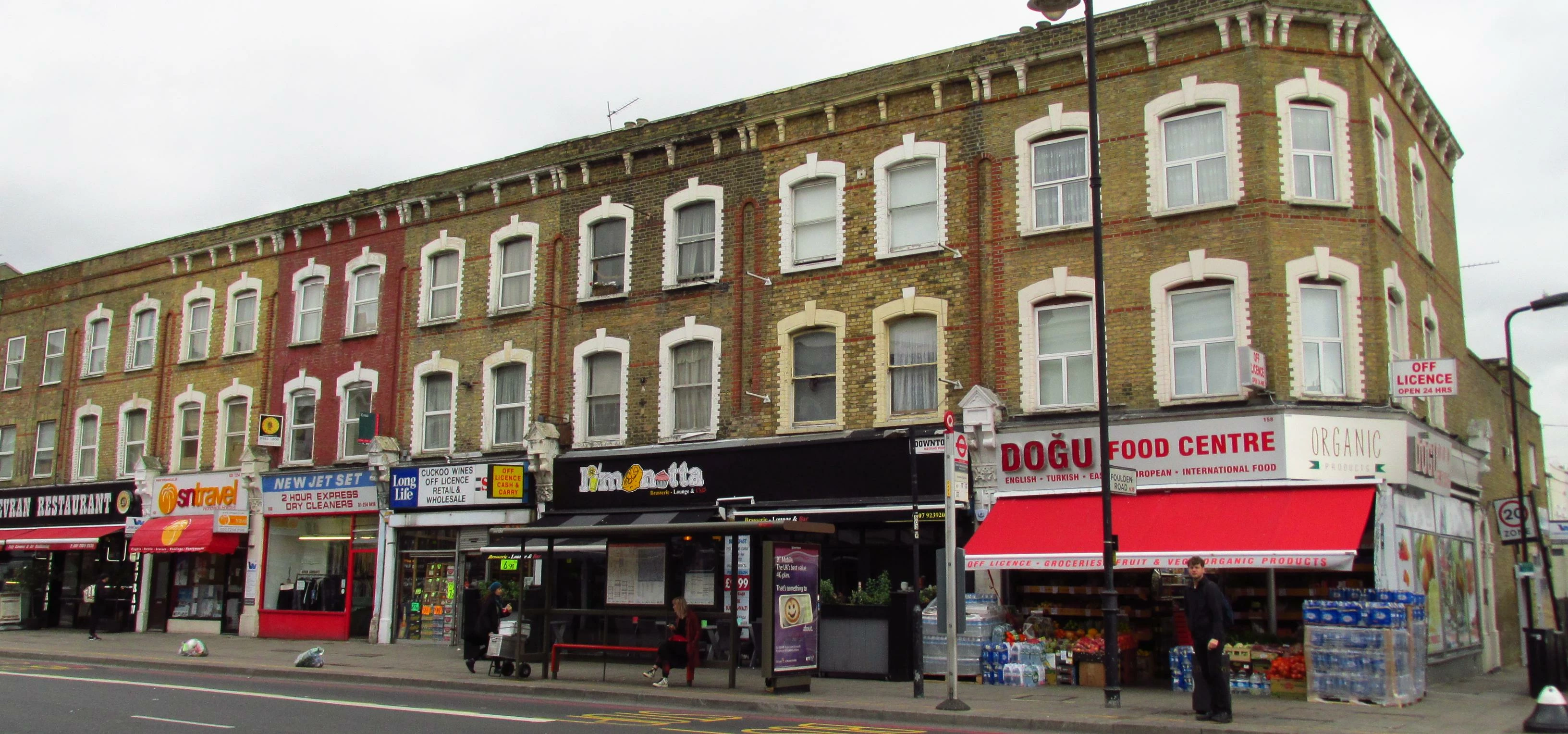
Partner Article
Researchers identify the capital’s gentrification hotspots through social media study
Research by the University of Cambridge has identified the top five London boroughs that are prime gentrification hotspots.
The study, which utilised 2010 data from social media platforms Foursquare and Twitter, compared check-ins and tweets on the social platforms with area deprivation scores.
Researcher Desi Hristova and her team discovered that areas visited by diverse groups of strangers who did not live in the area, as evidenced by their social media posts, were more likely to become middle class in the intervening years.
Analysing data from over 37,000 users and 42,200 venues in the capital, researchers were able to quantify ‘social diversity’ across various neighbourhoods and boroughs; distinguishing between areas that brought together groups of strangers against those that attracted groups of friends, as well as places that attracted diverse groups as opposed to regulars.
From this data the team of Cambridge researchers, who also worked with colleagues from University of Birmingham, Queen Mary University of London, and University College London, found that signs of gentrification were highest in deprived areas with high social diversity.
The study found that the London boroughs who had quantifiably high levels of deprivation and high social diversity in 2010 have subsequently undergone the most pronounced levels of gentrification. These boroughs included Hackney, Tower Hamlets, Greenwich, Hammersmith and Lambeth.
Commenting on the findings, Desi said: “We’re looking at the social roles and properties of places. We found that the most socially cohesive and homogenous areas tend to be either very wealthy or very poor, but neighbourhoods with both high social diversity and high deprivation are the ones which are currently undergoing processes of gentrification.”
The findings may provide a way for councils and local governments to pinpoint areas most susceptible to gentrification, helping to shape urban policy and attempt to lessen the negative impacts and upheaval of gentrification in future.
Looking to promote your product/service to SME businesses in your region? Find out how Bdaily can help →
Enjoy the read? Get Bdaily delivered.
Sign up to receive our popular morning London email for free.








 Time to stop risking Britain’s family businesses
Time to stop risking Britain’s family businesses
 A year of growth, collaboration and impact
A year of growth, collaboration and impact
 2000 reasons for North East business positivity
2000 reasons for North East business positivity
 How to make your growth strategy deliver in 2026
How to make your growth strategy deliver in 2026
 Powering a new wave of regional screen indies
Powering a new wave of regional screen indies
 A new year and a new outlook for property scene
A new year and a new outlook for property scene
 Zero per cent - but maximum brand exposure
Zero per cent - but maximum brand exposure
 We don’t talk about money stress enough
We don’t talk about money stress enough
 A year of resilience, growth and collaboration
A year of resilience, growth and collaboration
 Apprenticeships: Lower standards risk safety
Apprenticeships: Lower standards risk safety
 Keeping it reel: Creating video in an authenticity era
Keeping it reel: Creating video in an authenticity era
 Budget: Creating a more vibrant market economy
Budget: Creating a more vibrant market economy